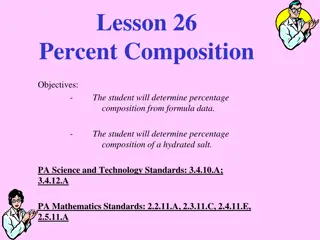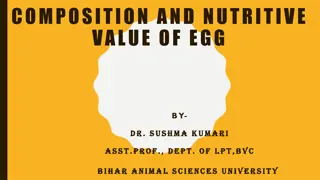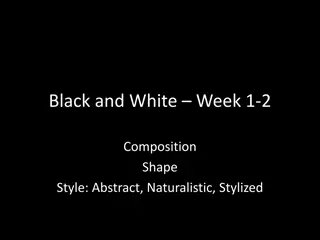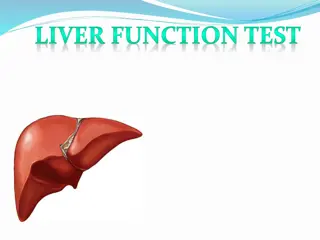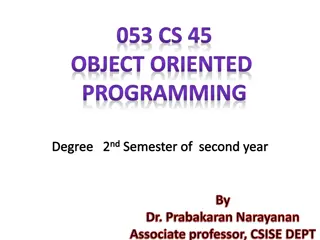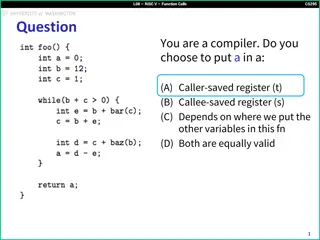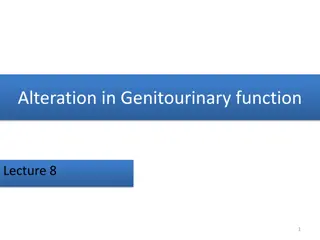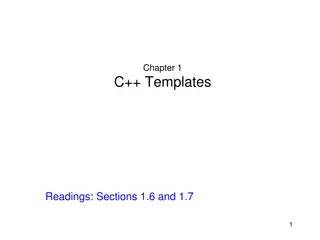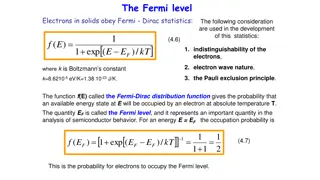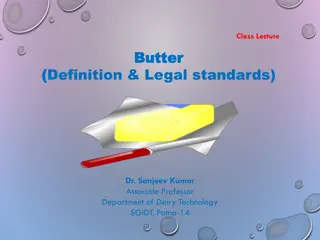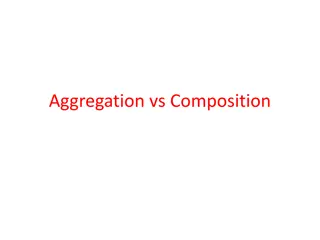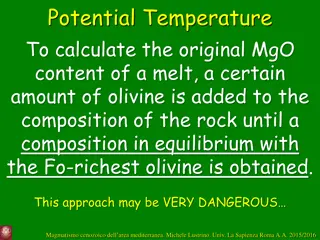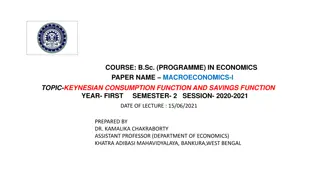Understanding Function Composition, Lambdas, and Decorators
Function composition involves combining simpler, pure functions to create more complex functions. Lambdas, or lambda expressions, are simple function definitions that evaluate to functions. Decorators are used to modify and enhance the behavior of functions in Python. This content explores examples and explanations of these concepts.
Download Presentation

Please find below an Image/Link to download the presentation.
The content on the website is provided AS IS for your information and personal use only. It may not be sold, licensed, or shared on other websites without obtaining consent from the author. Download presentation by click this link. If you encounter any issues during the download, it is possible that the publisher has removed the file from their server.
E N D
Presentation Transcript
Function Composition, Lambdas, & Decorators
Function composition Functional composition is the process of combining simpler, pure functions into a more complex function. The results of the first function becomes the input to the second and the results of the last function is the result of the whole. Mathematically this looks like result = f(g(x)) Functions can be combined as needed to do more complex tasks It's easy to test the simple base functions and therefore verify that the complex task is performed correctly.
Example: Composer def happy(text): return " " + text + " " def sad(text): return " " + text + " " def composer(f, g): def composed(x): return f(g(x)) return composed msg1 = composer(sad, happy)("CS 111!") msg2 = composer(happy, sad)("CS 240!") What do you think will happen? View in PythonTutor
Example: Composer (part 2) One of the composed functions could itself be an HOF... def happy(text): return " " + text + " " def make_texter(emoji): def texter(text): return emoji + text + emoji return texter def composer(f, g): def composed(x): return f(g(x)) return composed View in PythonTutor composer(happy, make_texter(" "))('snow day!')
Lambda Syntax A lambda expression is a simple function definition that evaluates to a function. The syntax: lambda <parameters>: <expression> A function that takes in parameters and returns the result of expression. A lambda version of the square function: square = lambda x: x * x A function that takes in parameter x and returns the result of x * x.
square = lambda x: x * x A lambda expression does not contain return statements or any statements at all. Incorrect: square = lambda x: return x * x Correct: square = lambda x: x * x
Def statements vs. Lambda expressions def square(x): return x * x vs square = lambda x: x * x Both create a function with the same domain, range and behavior Both bind that function to the name square. Only the def statement gives the function an intrinsic name, which shows up in environment diagrams but doesn't affect execution (unless the function is printed).
Lambda as argument It's convenient to use a lambda expression when you are passing in a simple function as an argument to another function. Instead of... def cube(k): return k ** 3 summation(5, cube) We can use a lambda summation(5, lambda k: k ** 3)
Conditional expressions A conditional expression has the form: <consequent> if <predicate> else <alternative> Evaluation rule: Evaluate the <predicate> expression. If it's a true value, the value of the whole expression is the value of the <consequent>. Otherwise, the value of the whole expression is the value of the <alternative>.
Lambdas with conditionals This is invalid syntax: lambda x: if x > 0: x else: 0 Conditional expressions to the rescue! lambda x: x if x > 0 else 0
A tracing function Let's make a higher-order tracing function def trace1(f): """Return a function that takes a single argument, x, prints it, computes and prints F(x), and returns the computed value. >>> square = lambda x: x * x >>> trace1(square)(3) -> 3 <- 9 9 """ def traced(x): print("->", x) r = f(x) print("<-", r) return r return traced
A tracing decorator What if we always wanted a function to be traced? @trace1 def square(x): return x * x That's equivalent to.. def square(x): return x * x square = trace1(square)
General decorator syntax The notation: @ATTR def aFunc(...): ... is essentially equivalent to: def aFunc(...): ... aFunc = ATTR(aFunc) ATTR can be any expression, not just a single function name.



